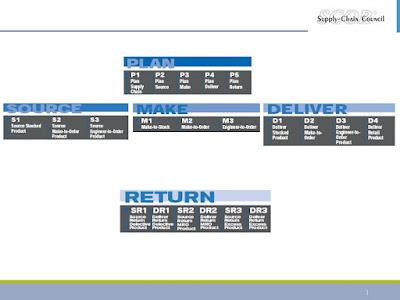ARTICLE COMMENTARY: 3 Steps to Take When Your ERP Implementation Goes Wrong by Carl Lewis
READ THE FULL ARTICLE
Step 1 is often not well done - ie. list the expected deliverables. Doing this up front means both the buyer and seller have defined expectations, which can often avoid confusion and frustration later in the process.
Buried in the discussion of Step 1 is the topic of "vanilla" installations or using the software "out-of-the-box". I have been on both sides of the table -as an implementing customer and as a former ERP VAR - trust me, you want to keep your ERP as close to the way it was delivered as possible. You will save money up front by avoiding (possibly unnecessary) development, save time by not having to work for the customization and avoiding custom training for your staff. You will save money on the backend by making future updates, and eventually major upgrades, much more run of the mill instead of white-knuckled experiences as conflicts occur during the process.
I remember once, many years ago, asking for a customization from the I/T team at the firm where I worked. The development manager laughed out loud! He explained that the "customization" that I was asking for was actually the way the software had been delivered. What my team had been working with was a customized version based on the demands of a predecessor. Talk about coming full circle. READ THE FULL ARTICLE
Buried in the discussion of Step 1 is the topic of "vanilla" installations or using the software "out-of-the-box". I have been on both sides of the table -as an implementing customer and as a former ERP VAR - trust me, you want to keep your ERP as close to the way it was delivered as possible. You will save money up front by avoiding (possibly unnecessary) development, save time by not having to work for the customization and avoiding custom training for your staff. You will save money on the backend by making future updates, and eventually major upgrades, much more run of the mill instead of white-knuckled experiences as conflicts occur during the process.
I remember once, many years ago, asking for a customization from the I/T team at the firm where I worked. The development manager laughed out loud! He explained that the "customization" that I was asking for was actually the way the software had been delivered. What my team had been working with was a customized version based on the demands of a predecessor. Talk about coming full circle. READ THE FULL ARTICLE




Comments
Post a Comment